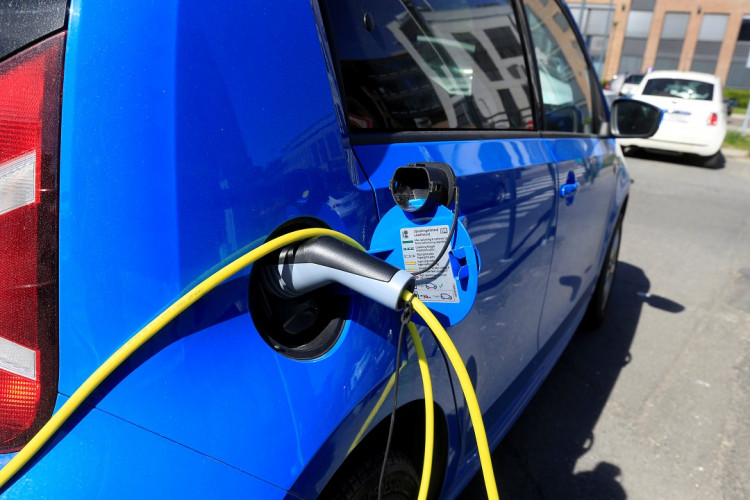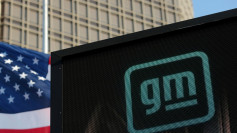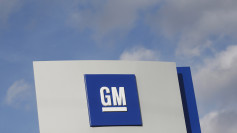Electric cars are slowly becoming the norm these days, and we're seeing major improvements from several companies on a regular basis. The competition on who has the best build and design is only half the battle - the other half deals with the behavior of people with electronic vehicles (EVs).
Think about it. Most of us go home and leave our cars parked without minding the fuel tank. But when it comes to our phones, we always find ourselves charging it each time we get home, or any chance we got - it's become a habit.
For EVs to fully become a norm, drivers need to align themselves with the same habit we have with our smartphones. But many EV drives find it a challenge to get it right, according to recent reports.
According to a survey of 1,500 EV owners conducted by the consumer protection organization Electrical Safety First, 75% of respondents said that they had used unsuitable extension cords to connect their EVs to a power supply rather than use a dedicated and weatherproofed EV charging cable.
And things are not getting better. Because of the alarming answers of the respondents about the improperly connected cables, 75% of them said that they had "daisy chained" multiple extension cords together in order for the cable to reach their cars. Much like most gasoline car owners know not to smoke while filling up at the gas station, EV owners need to learn that using unsuitable charging cables and connection methods can greatly increase the risk of a fire.
According to technical director of Electrical Safety First Martyn Allen, they have continuously warned EV drivers against doing this dangerous habit. "We warn EV users against giving in to the temptation to use standard domestic extension leads to charge their vehicles outside, and never to 'daisy-chain' them together" Martyn said.
The study, conducted in the UK, found that the rise of EVs has not been met with an equally rapid increase in the number of public charging stations, which could be contributing to the problem.
The United States also has the same problem. According to the International Council On Clean Transportation, there is a lacking EV charging infrastructure in the Us.
Automakers could come to the rescue with new technologies, such as wireless charging pads for EVs and PHEVs. But for now, the best strategy is to just make sure you're using the proper hardware to charge your EV.




